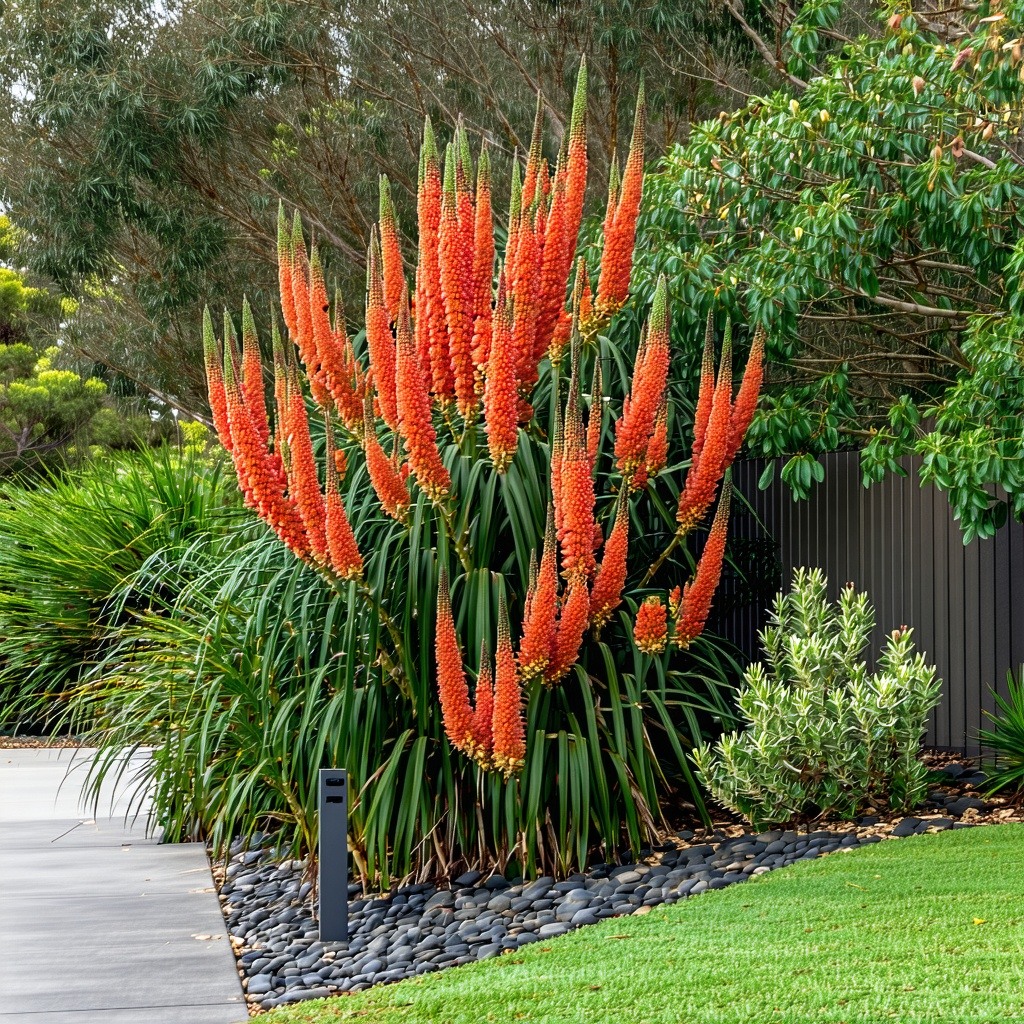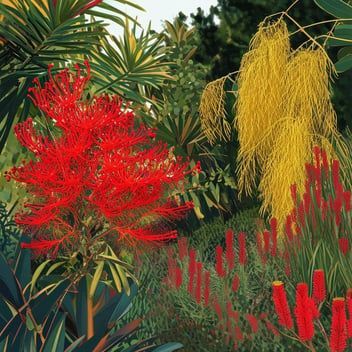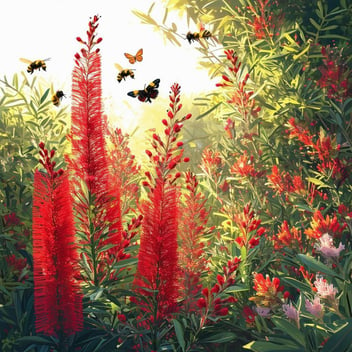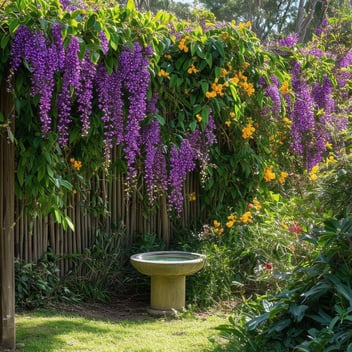Wildlife-Friendly Shrubs: Attracting Birds and Bees to Your SEQ Garden
In the vibrant landscapes of South East Queensland (SEQ), cultivating a garden that beckons local wildlife is both a rewarding and ecologically sound endeavor. By thoughtfully selecting shrubs that cater to the needs of birds and bees, gardeners can transform their outdoor spaces into thriving sanctuaries teeming with life.
Benefits of Wildlife-Friendly Gardens
Embracing wildlife-friendly gardening practices yields numerous advantages:
-
Enhancing Biodiversity: A diverse array of plant and animal species fosters a balanced ecosystem, promoting resilience against pests and diseases.
-
Natural Pest Control: Insectivorous birds and predatory insects help regulate pest populations, reducing the need for chemical interventions.
-
Pollination and Plant Health: Bees and other pollinators are essential for the fertilization of many plants, leading to robust growth and fruitful yields.
Key Characteristics of Wildlife-Friendly Shrubs
When selecting shrubs to attract birds and bees, consider the following attributes:
-
Nectar-Rich Flowers: These provide essential food sources for pollinators, particularly bees and nectar-feeding birds.
-
Berry and Seed Production: Fruiting shrubs offer sustenance to birds, especially during breeding seasons and migratory periods.
-
Dense Foliage for Shelter: Thick, bushy growth offers nesting sites and protection from predators and harsh weather conditions.
Top Shrubs to Attract Birds and Bees in SEQ
Here are some exemplary shrubs that flourish in SEQ's climate while providing invaluable resources to local wildlife:
Grevillea 'Superb'
A hybrid cultivar renowned for its vibrant orange-red inflorescences, Grevillea 'Superb' blooms prolifically throughout the year in warmer climates. Its nectar-rich flowers are a magnet for various bird species and bees, making it a cornerstone of any wildlife-friendly garden.
Banksia serrata (Old Man Banksia)
This iconic Australian native boasts large, cylindrical flower spikes laden with nectar, attracting an array of pollinators. Post-flowering, it produces seed pods that serve as a food source for birds such as cockatoos.
Callistemon viminalis (Weeping Bottlebrush)
With its pendulous branches adorned with bright red, bottlebrush-like flowers, this shrub is a visual delight. The abundant nectar within its blooms draws in bees and nectar-feeding birds, ensuring your garden buzzes with activity.
Melaleuca quinquenervia (Broad-Leaved Paperbark)
Featuring creamy-white flower spikes rich in nectar, this hardy shrub supports a multitude of pollinators. Its dense foliage and papery bark also provide excellent shelter and nesting sites for birds.
Hakea sericea (Bushy Needlewood)
This shrub's profusion of white flowers offers ample nectar for bees, while its dense, spiky foliage creates safe havens for small birds, protecting them from predators.
Planting and Maintenance Tips
To maximize the benefits of these shrubs:
-
Optimal Planting Seasons in SEQ: Autumn and early spring are ideal, allowing plants to establish roots before facing extreme weather conditions.
-
Soil Preparation and Mulching: Incorporate organic matter to improve soil structure and fertility. Apply mulch to conserve moisture, suppress weeds, and regulate soil temperature.
-
Pruning Practices to Enhance Flowering: Regular pruning after flowering encourages bushier growth and more prolific blooming in subsequent seasons.
Creating a Year-Round Wildlife Haven
To sustain wildlife throughout the year:
-
Successional Planting for Continuous Blooms: Select a variety of shrubs that flower at different times, ensuring a constant food supply for pollinators.
-
Incorporating Water Features: Install birdbaths or shallow water dishes to provide drinking and bathing opportunities for birds and insects.
-
Providing Nesting Sites and Materials: Leave some areas of the garden undisturbed with natural leaf litter and twigs. Consider installing nesting boxes to offer additional shelter for birds.
Conclusion
By integrating wildlife-friendly shrubs into your SEQ garden, you not only enhance its beauty but also contribute to the preservation and support of local ecosystems. This harmonious approach to gardening fosters a vibrant environment where both flora and fauna can thrive, enriching your outdoor space with the delightful presence of birds and bees.




